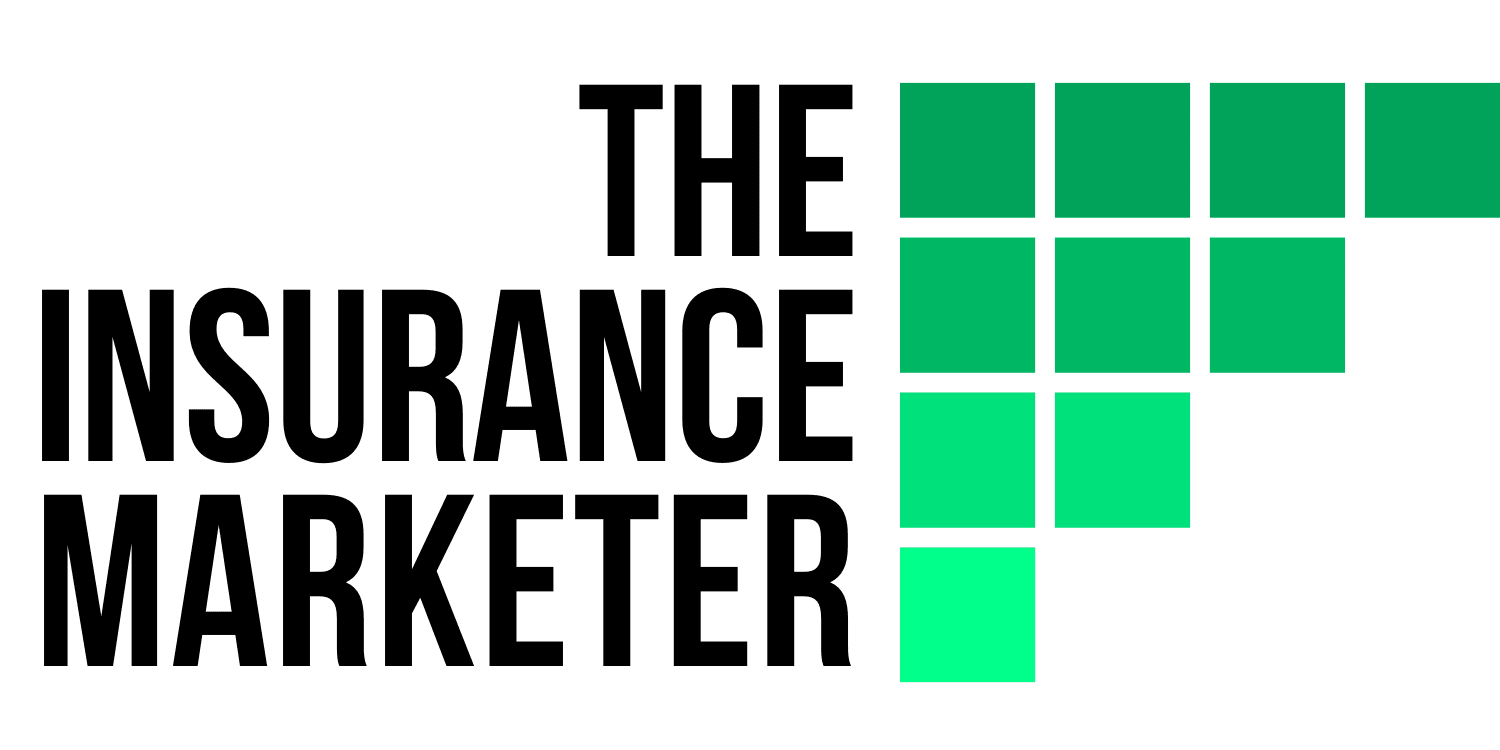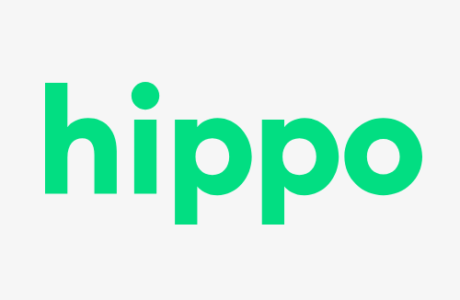On-demand service is everywhere – around the world it is very popular for people using Uber, or ordering food delivery for dinner instead of preparing their own meal in their kitchen.
With new technology, insurers are also providing on-demand coverage – with the convenience of turning it on and off whenever the consumer needs it.
In this article, we will first explain how on-demand insurance works. And then we will briefly look at different types of on-demand insurance product offerings. And before we end, we will look into the potential problems that arise from this kind of product. Let’s begin!
What is on-demand insurance?
On demand insurance is a digital insurance model allowing potential customers to turn on and off their insurance – and only pay for the time when the need for protection arises. The process, done with a smartphone app, is fast, easy and the service is subscription-based, and with clear pricing.
See a 1-minute explainer video from Scott Walchek, CEO of Trov – an on-demand insurance company:
How does it work?
On-demand insurance, in comparison to traditional insurance, has relatively lower per-policy premium value and larger transactional volume. Users can turn on and off the coverage easily with their mobile devices.
To provide a frictionless customer experience and manage the dynamic and changing risks involved, on-demand business model requires new capabilities, including:
Customer-first product design
On-demand insurance fills the gap where traditional insurance may seem inflexible or “over-insured”. Insurers need to take a consumer-first approach to offer products that cover consumers for exactly what they need when they need it. This means designing an easy-to-understand product with variable pricing and a flexible term.
Multi-channel data collection capability
With connected technologies and the IoT devices (e.g. telematics, wearables or mobile phone with sensors), insurers will have the ability to tap into discrete data about coverage duration and the risks profile in real-time basis. The data is then used for determining the premium by measuring the extent of usage as well as gauging the risk profile (e.g. how fast or how high a drone is being flown) of the insured occasions.
Robust data analytic system
Some on-demand insurance ( e.g. usage based insurance for automobiles) requires continuous underwriting – constantly updating the risk profile of the insured occasion, in order to adjust the terms and pricing. This requires a robust rating system that can analyse and calculate new rates based on the updated risk profile.
ALSO READ:
Three types of on-demand insurance
On-demand insurance breaks down the traditional insurance into smaller pieces and caters for episodic or period occasions – where traditional coverage is deemed to be inflexible and too expensive.
With on-demand insurance, we see shifts include: Moving from fixed duration to episodic/periodic ; from point-in-time to continuous underwriting; from bundled offerings to customizable coverage; from static to dynamic pricing. There are three types of product that fit this shift:
- Microinsurance – Typically cover smaller risks that are for a specific period of time, event or occasion. These include travel, event, and the coverage of high-value assets for a specific period (e.g a high-end camera during a trip).
- Asset and liability insurance in the sharing economy – Covers risk of assets or liabilities that arise when sharing the use of such asset. These include homeshare (Airbnb), rideshare (Uber, Lyft), or skill-sharing (Task Rabbit).
- Usage Based Insurance – Continuous underwriting is required – constantly updating of the risk profile of an individual or object. This is made possible by the continuous flow of data from IoT devices like telematics installed in autos, home IoT devices or wearables.
Who needs on-demand insurance?
On-demand insurance works best for customers who are exposed to risks not covered by traditional insurance policies, or who aren’t exposed to these risks often.
On-demand insurance works as a “pay-as-you-go” coverage and charges no more than the actual usage. This can save these individuals money compared to purchasing traditional fixed-term insurance policies.
ALSO READ:
The problem of on-demand insurance
Insurer need a large client base to stay profitable
The on-demand offering has a higher per-use rate than a traditional annual policy, giving the insurer a higher profit margin. However, the premium size is also lower so if the volume is not large enough to, the insurers might end up losing revenue. It will only work if more people start buying these products. Here comes the question of scale: how many insurers can design and run a full insurance business based on a model with lower premium size, higher risks and lower overall profit?
Higher capital reserve is required
Before an insurer can aggregate a sufficient amount of business based on the overall, they will need to reserve more capital than they would require for a traditional product to cover the additional risk. This would mean that they have less capital on hand to invest in their business. Hence, the overall profitability of the insurance company is likely to be hampered.
Potential fraudulent claims
It is likely that some customers will game the on-demand insurance services to their advantage. They may switch on the insurance only after the damage has already happened. And they will pretend that the damage happened before it and will try to file a claim.
Fraudulent claims remain a threat to the insurer’s profitability whether it be on-demand or traditional insurance. Insurance companies will need to develop novel tracking systems or business models to minimize the impact of such attempts.
Final thoughts
On-demand insurers or insurtech companies have been gaining more and more traction over the last couple of years. They are proactively experimenting and introducing new on-demand products to markets in response to the rapidly changing customer’s need. And we are expecting to see incumbents and disruptors alike to make their noise in the marketplace.
While on-demand insurance may not become the default offering for all insurance types in the near future, it will become most relevant to tech-savvy customers, whether it’s for leisure, such as with drones, for travel with an expensive camera, when taking a laptop on vacation, or for a new source of income such as driving for Uber or hosting with Airbnb.





